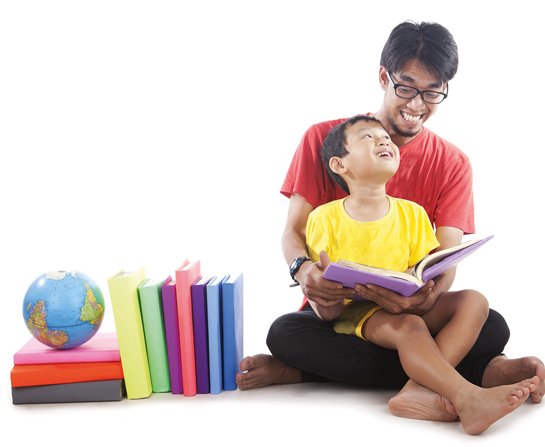Helping Children with Dyslexia: Helping a Child Live with Dyslexia
May 8, 2022 Return

Most clinical and educational psychologists who can diagnose dyslexia often offer programmes to help children cope with this condition. Such programmes may differ slightly depending on the centre, says Selina Ding, so it is up to the parents to pick a programme that the child is most comfortable and happy with.
The Dyslexia Programme in Selina’s private practice, like many programmes out there, is based on the well-known Orton-Gillingham method, an approach well-known for its flexibility and structure as well as its ability to help dyslexic children progress faster in reading, writing and spelling. Its flexibility allows tutors to devise a highly personalized curriculum to meet the child’s specific needs. Such curriculum exposes the child to learning via a variety of senses (hearing, sight as well as kinaesthetic, which emphasizes touch and movement).
“Ordinary people can memorize the alphabet easily, but to a dyslexic child, the alphabets are like those Egyptian hieroglyphics – he or she has a hard time recognizing them,” explains Selina.
To improve the child’s ability to recognize and correctly pronounce the letters, Selina incorporates additional kinaesthetic elements into the programme. These elements are especially helpful for dyslexic children who also have problems differentiating sounds.
Kinaesthetic tutoring sees the child tracing a letter of the alphabet often printed on papers with textures or made into moulds. Sometimes the child may be blindfolded to enhance his or her sense of touch. This way, the child can see the ‘movement’ of letters such as D and G. “Such exercises help the brain focus better and improve retention of what the child has learned,” Selina explains.
Dyslexia programmes also usually offer supplemental reading materials for the child as well as advice and tips for the parents on supporting their child’s efforts to learn.
How long is the programme?
According to Selina, most programmes are structured around the child’s needs and schedule. Ideally, she would love if a child can spend an hour with her in the programme each day, but realistically, the child may also have other classes or activities to attend. If the child spends 2 hours each week on the programme, it takes about 2 years to complete.
Should the child still go to kindergarten or school in the meantime?
Yes! Selina strongly encourages this, as school is also a place for the child to develop his or her social skills. Additionally, the child may still pick up important knowledge or apply what they have learned. The parents can help their child by explaining to the child’s teachers about his or her dyslexia.
Does this programme work?
In Selina’s experience, yes. She has seen children change from sullen and difficult students to eager learners who are enthusiastic about going to school and even doing their homework!
What is next after the dyslexia programme?
The programme helps the child read, write and understand words better, but the child may have fallen behind on language skills in the meantime. Often, remedial language classes are the next step.
If you like this article, do subscribe here.
